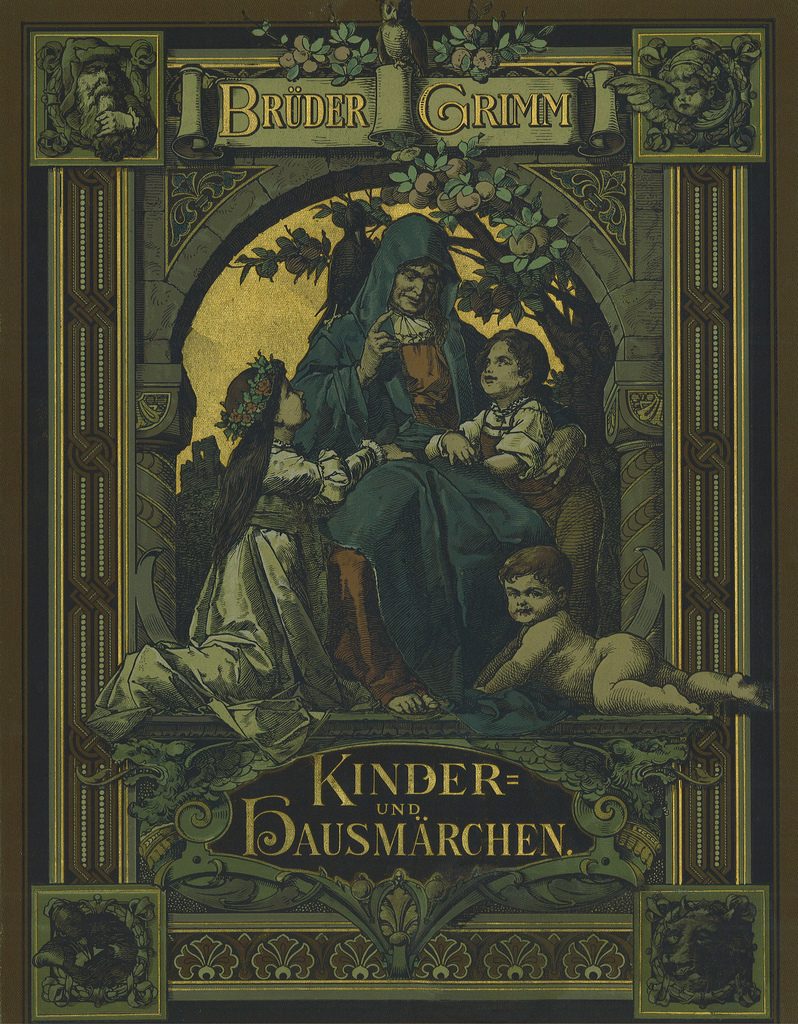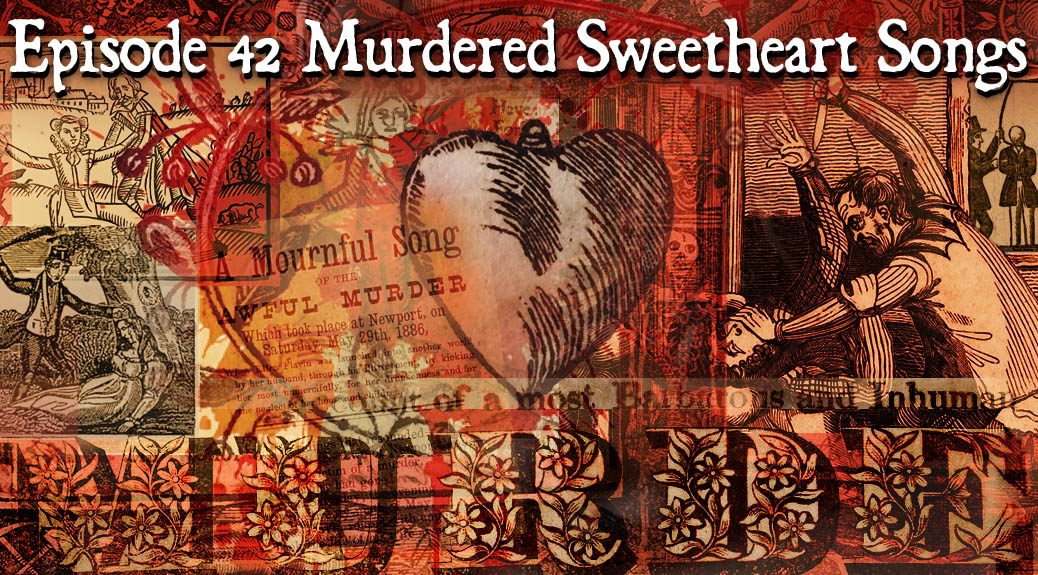
Murdered Sweetheart Songs
Podcast: Play in new window | Download (Duration: 50:29 — 57.8MB)
Subscribe: Apple Podcasts | Spotify | Android | Podchaser | Email | RSS | More
As a special Valentine’s episode, we present collection of folk songs known as “sweetheart murder ballads.” We begin with two newer songs dating to the 19th century, “On the Banks of the Ohio” and “Down in the Willow Garden.” While considered American songs and first documented in Appalachia, these ballads appear to borrow elements from older European songs.
One of the most widely known murder ballads, “On the Banks of the Ohio,” like most of songs in this program, was first recorded in America in the 1920s. We hear a snippet of that early (1927) recording by Red Patterson’s Piedmont Log Rollers and a longer cut narrating the murder itself from a 1969 recording by Porter Waggoner.
While “Banks of the Ohio” has the murderer stabbing his love and disposing of her body in the river, “Down in the Willow Garden,” throws in some poisoning to boot. One of the versions of this song we hear excerpted is from an excellent 1956 album by the Kossoy Sisters, Bowling Green, one we’ve previously sampled in our Butcher Lore episode for which the Kossoys sang about the butchering of a giant ram (“The Darby Ram”). We hear a snippet of the first recording of this song (also from 1927) by G. B. Grayson and Henry Whitter. This early version takes as its title, the victim’s name “Rose Conley,” an Irish family name, suggesting that the song has obscure roots in that country.
The Scottish song “The Banks of Red Roses” shares a similarity with “Willow Garden” in its garden setting. Both highlighting the role a beautiful but remote environment can play in a deadly seduction. We hear a 1962 version by the Scottish singer Jean Redpath, along with snippets by other artists.
Our next song, “The Lone Green Valley” or “The Jealous Lover” takes us back to America with an early recording from 1926 by Vernon Dalhart. Following a similar narrative to our other songs, this song was the subject of a painting by American muralist Thomas Hart Benton. We also hear a strange bit of gossip related to Benton’s interest in folk music involving Jackson Pollack, of all people.
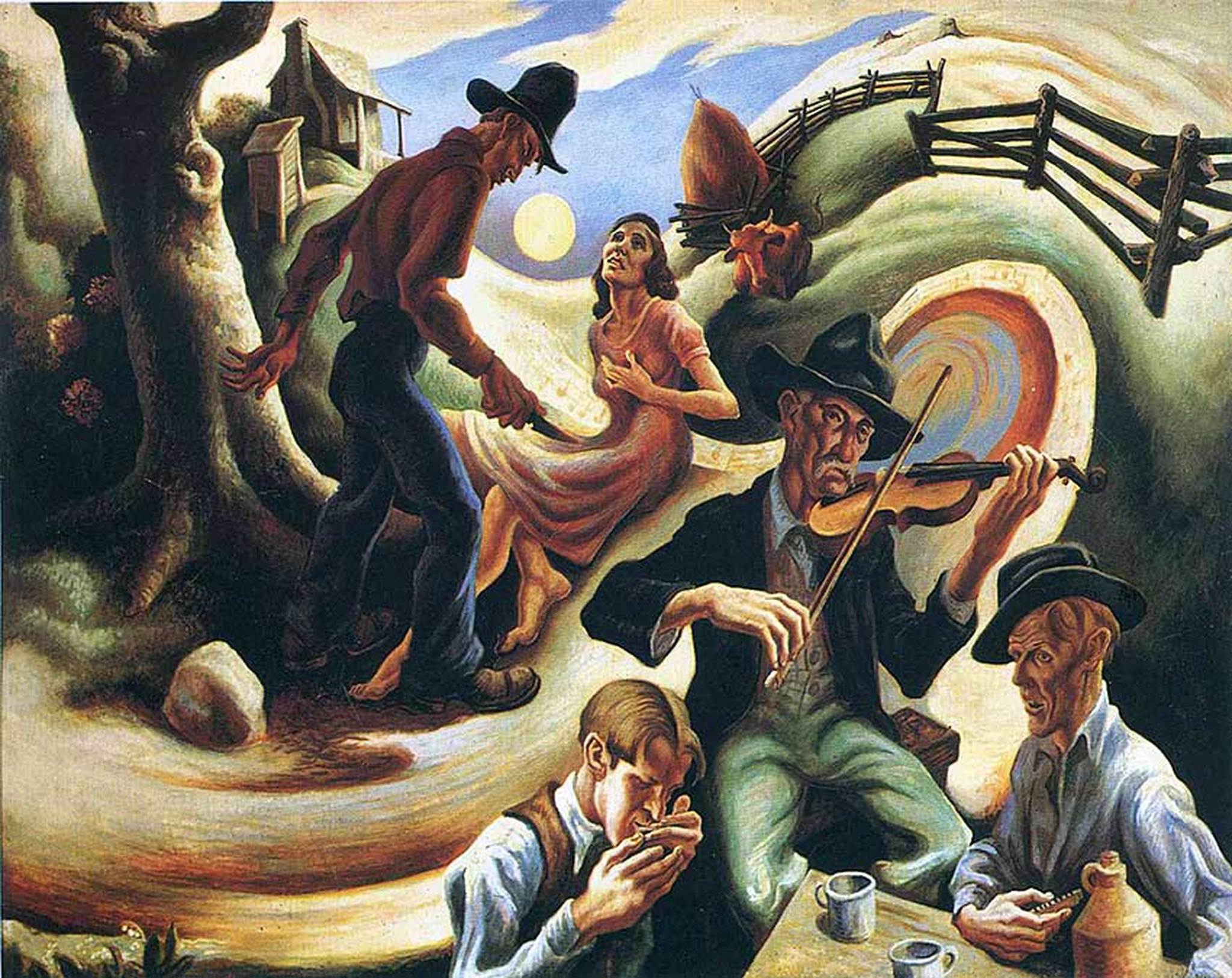
Our next song, “Knoxville Girl,” is an American update of a British and Irish song with roots going back to around 1700. We begin with a version by The Louvin Brothers from 1956 and work our way to earlier songs from Great Britain where the song goes by “The Oxford Girl,” or in Ireland, “The Wexford Girl,” along with other names and localities, including “Ickfield Town,” the title of a 2005 version we hear from John Kirkpatrick. The story in these is similar to “Banks of the Ohio” and “Willow Garden,” but with a bludgeoning substituting for a stabbing. The song also adds a scene depicting the murderer returning home after his crime to night of guilt-ridden tossing in bed surrounded by imaginary hellfire. The killer is also confronted upon his return by his mother, who notices blood on his clothing, which the killer excuses as the result of a nosebleed.
This odd details of the nosebleed can be traced, along with other elements of the song, to a 1685 broadsheet entitled “The Bloody Miller,” which makes the killer a miller’s apprentice (while other songs employ him as a butcher’s apprentice.) In the broadsheet, the nosebleed does not occur upon the killer’s return home, but in court as his guilty verdict is handed down, and is presented as a supernatural omen confirming his guilt.
This notion of a supernatural disclosure of the guilty killer brings us to another group of lesser known murder songs, including the 19th-century Irish ballad “The Old Oak Tree,” a particularly gory tale, which includes not only a murder but the graphically described disinterment of a corpse and a suicide.
Our next song, a 19th-century Scottish ballad “Young Benjie,” gives us a different kind of murder (being thrown into a waterfall) and has the ghost of the murdered lover appearing at her own wake to demand a very particular and gruesome form of punishment for her killer. We hear a bit of 2012 version of the song by Rosaleen Gregory.
Our last song was popularized by a 1996 version by Nick Cave with P.J. Harvery: “Henry Lee.” Older versions of the song go by other names including “Love Henry,” “Earl Richard,” “Young Hunting,” and “The False Lady.” This one is also from Scotland of the early 19th century. The Appalachian adaptation (the version sung by Nick Cave) omits a more detailed opening describing Henry Lee (or Richard) as an early come in from hunting as well as a more elaborate role played by the bird witness — one which involves the recovery of the victim’s body and identification of the killer by supernatural means. There is also a final verse about the cruel justice served upon the killer. Along the way we learn of a quite peculiar superstition related to the bodies of the drowned and hear a snippet of an unusual 2008 cover of the song by Jodie Holland.
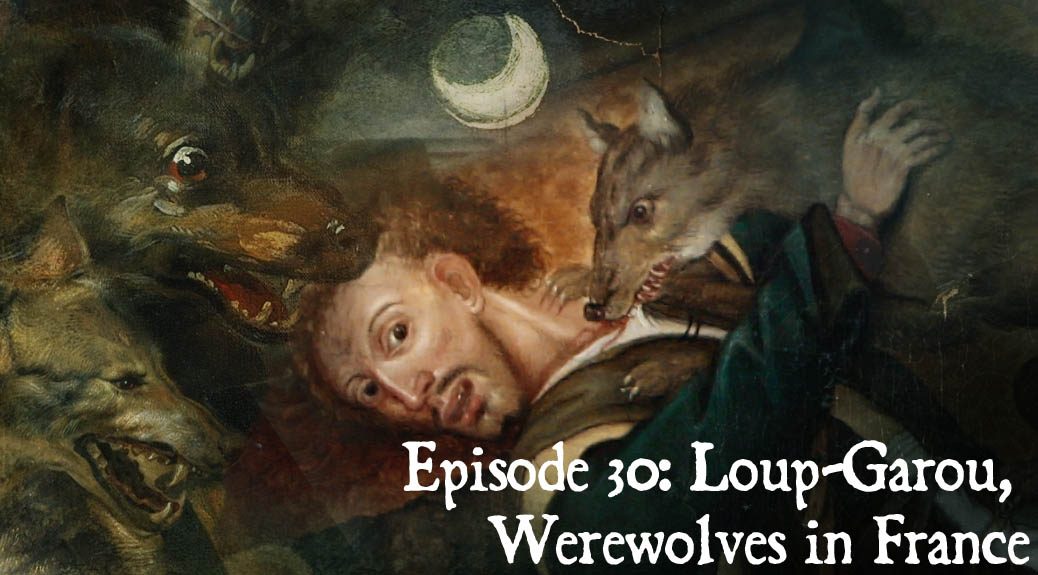
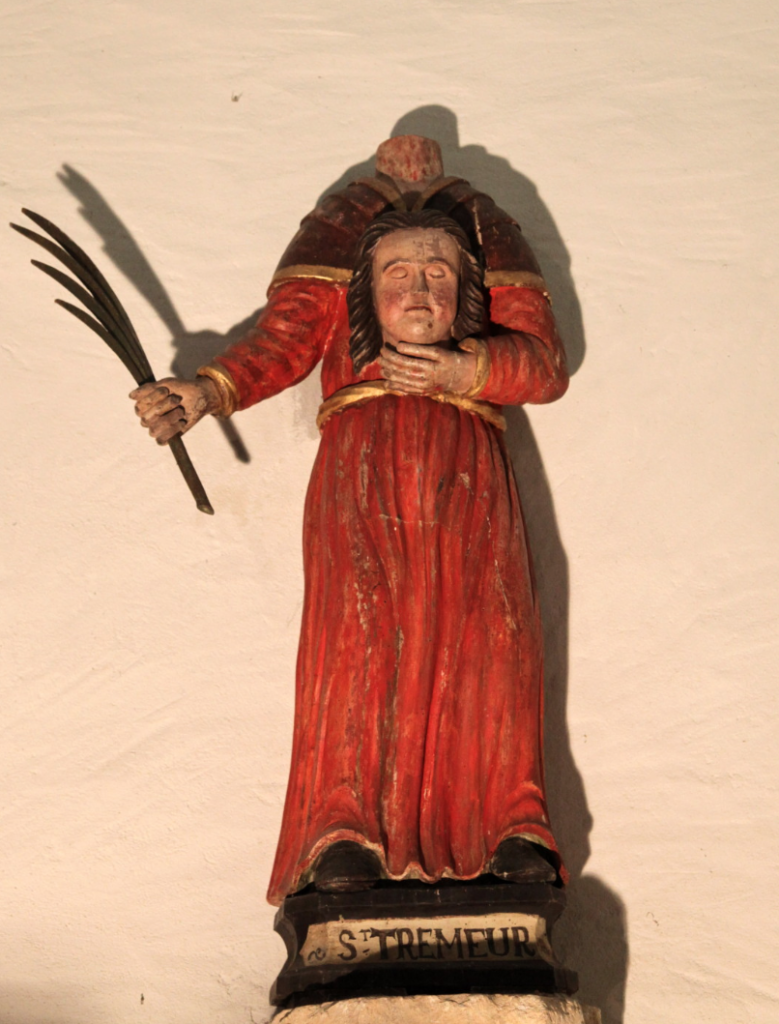
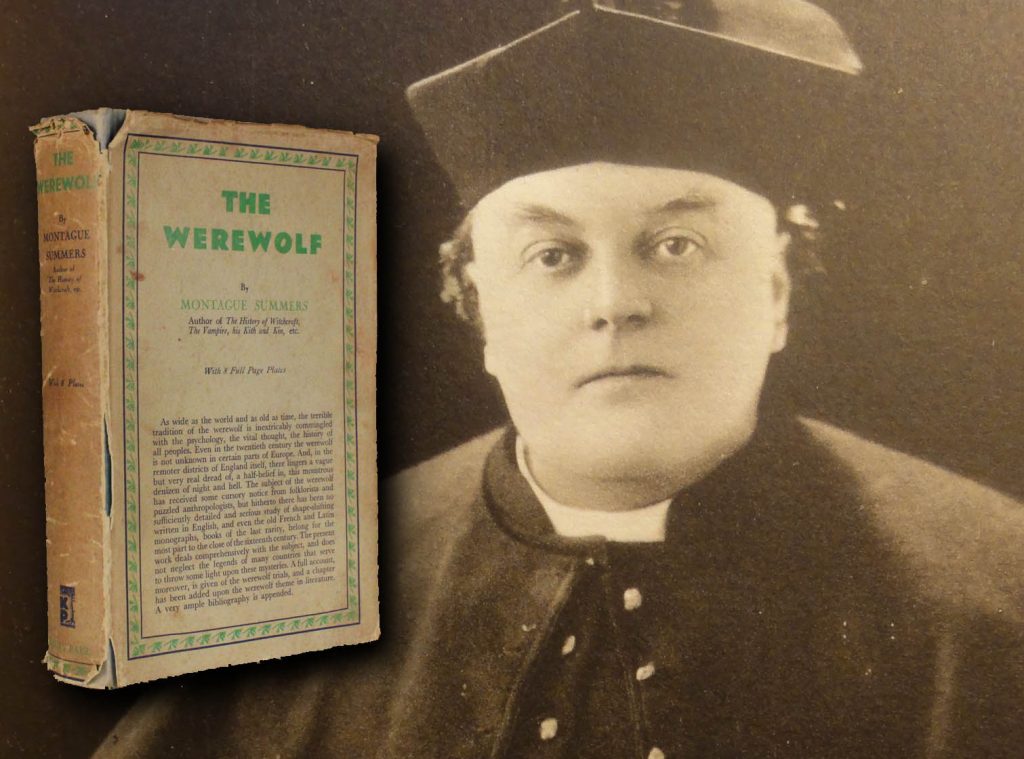
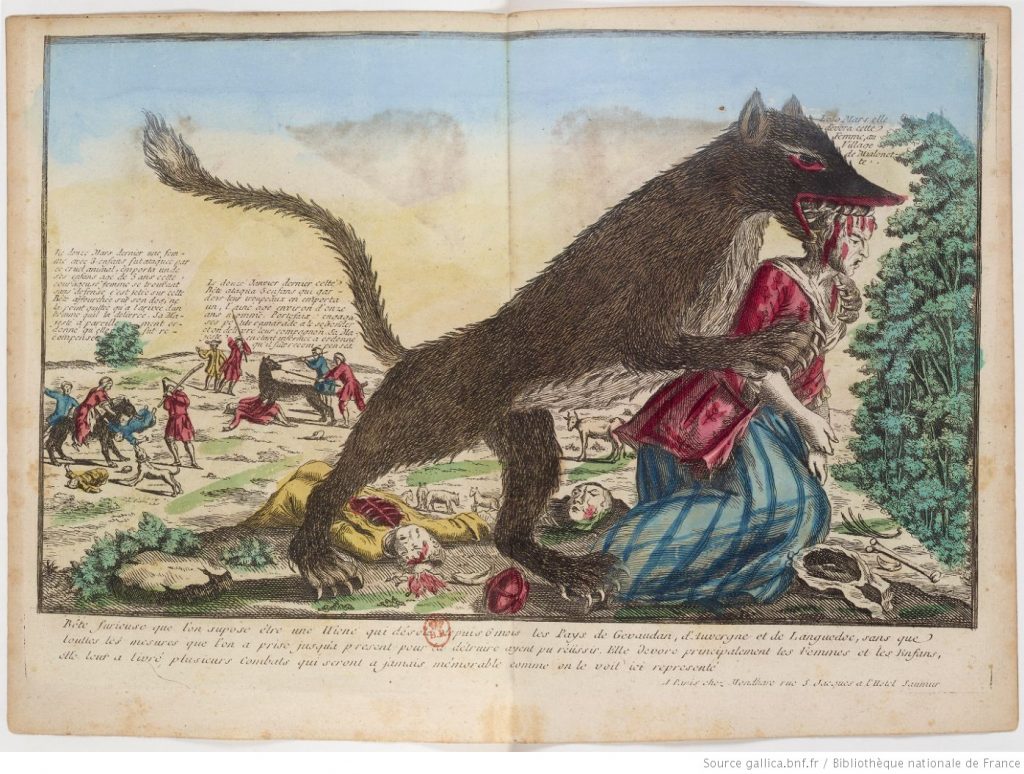
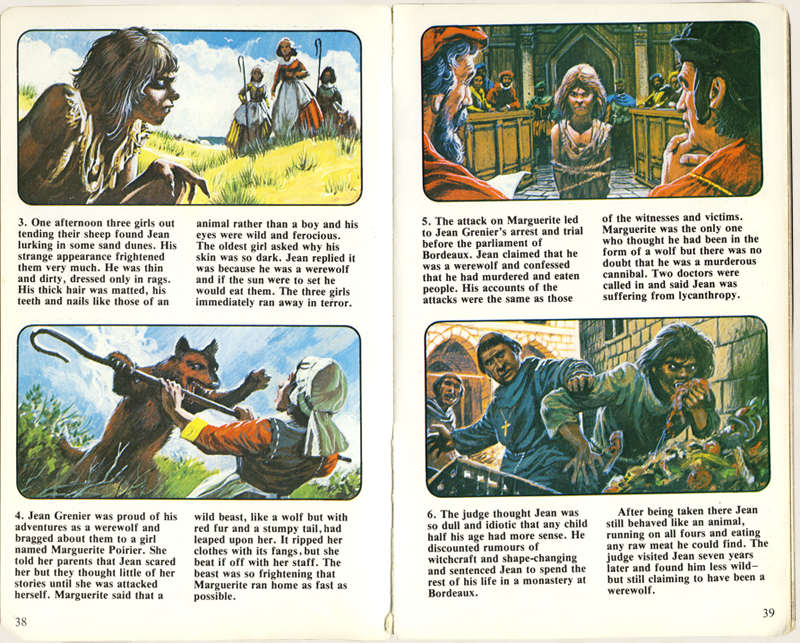
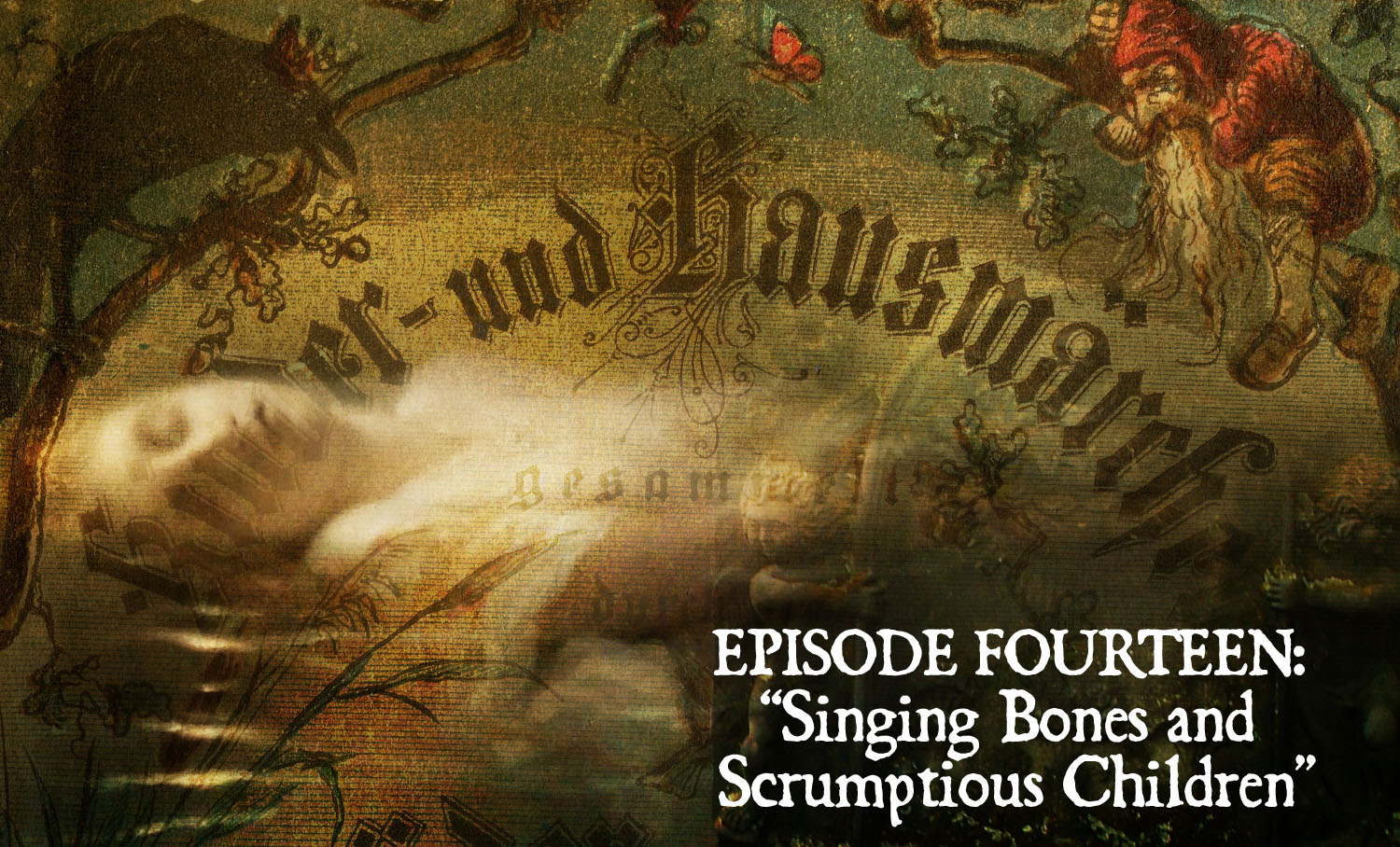
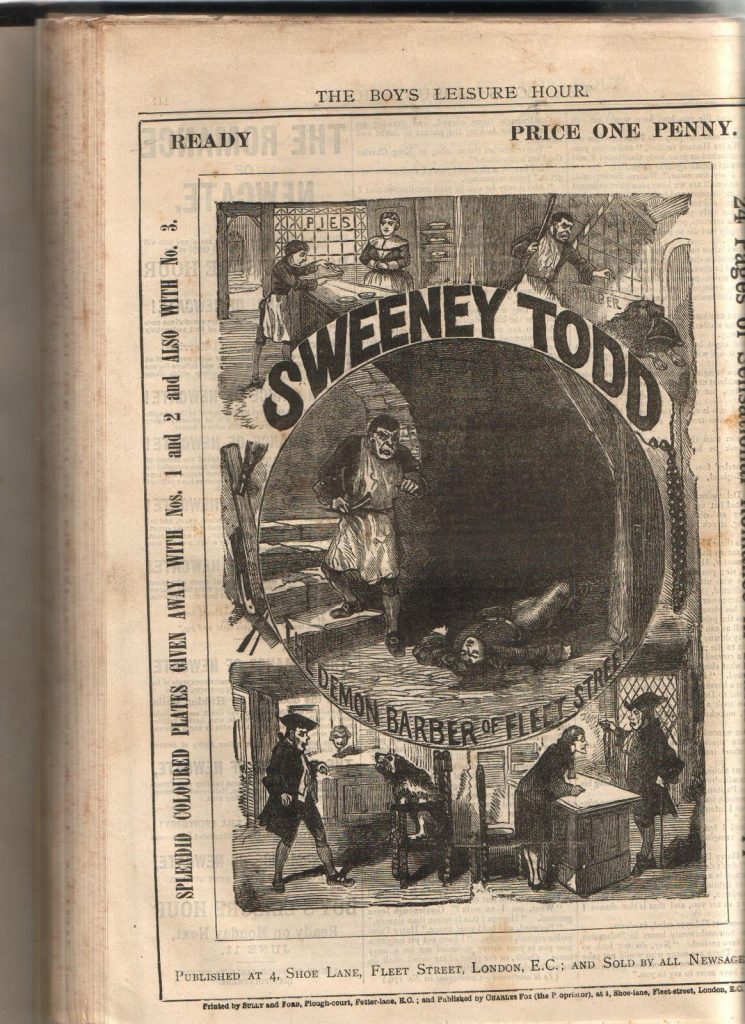 We then have a look at “The Juniper Tree” published in 1812 in the original edition of Grimm’s collection Children’s and Household Tales, that is, what we call Grimm’s Fairy Tales. The grisly tale would never lend itself to the Disney treatment, though it did serve, extremely loosely, as inspiration for
We then have a look at “The Juniper Tree” published in 1812 in the original edition of Grimm’s collection Children’s and Household Tales, that is, what we call Grimm’s Fairy Tales. The grisly tale would never lend itself to the Disney treatment, though it did serve, extremely loosely, as inspiration for 